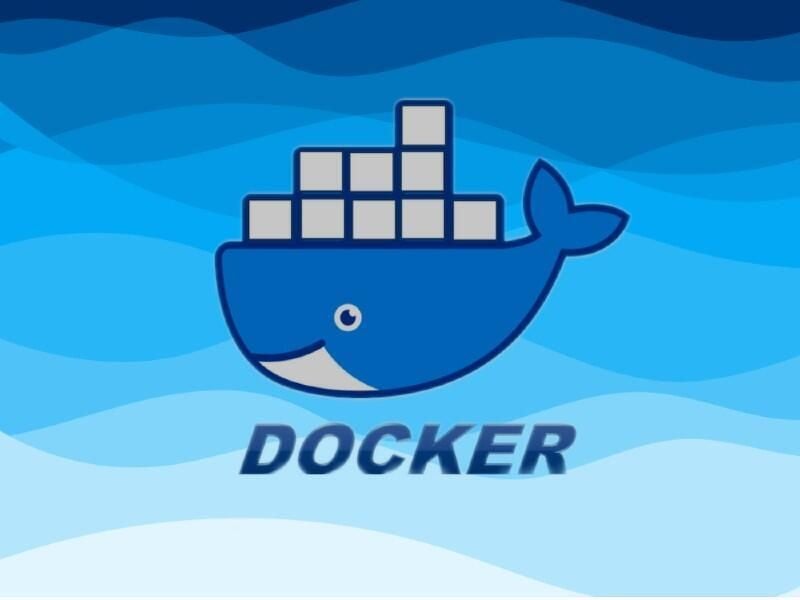Your containers are all based on images, most of which you probably pull from DockerHub or some other public repository. But why not create your own custom images? After all, it’s easier for you to not only get the exact image you need to work with, it’s also a better route to security. It’s also a great way to create a base image you can use for a repeatable development environment (so, it has exactly the tools you need).
SEE: 40+ open source and Linux terms you need to know (TechRepublic Premium)
I’m going to show you how you can do just that–create an image from a container using the Docker runtime engine.
What you’ll need
I’ll be demonstrating on Ubuntu Server 20.04, but you can pull this off on any platform that supports Docker. The only thing you’ll need to alter is the Docker installation process. You’ll also need a user with sudo privileges (for the installation).
With that said, let’s get to work.
How to install Docker
Let’s first get Docker installed. We’ll install the latest version of the community edition of Docker. Log into your server and install the necessary dependencies with:
sudo apt-get install ca-certificates curl gnupg lsb-release -y
Once that completes, add the Docker GPG key:
curl -fsSL https://download.docker.com/linux/ubuntu/gpg | sudo gpg --dearmor -o /usr/share/keyrings/docker-archive-keyring.gpg
Next, add the Docker repository with the command:
echo \ "deb [arch=$(dpkg --print-architecture) signed-by=/usr/share/keyrings/docker-archive-keyring.gpg] https://download.docker.com/linux/ubuntu \ $(lsb_release -cs) stable" | sudo tee /etc/apt/sources.list.d/docker.list > /dev/null
Update apt and install Docker-ce with:
sudo apt-get update sudo apt-get install docker-ce docker-ce-cli containerd.io -y
Add your user to the Docker group with:
sudo usermod -aG docker $USER
Log out and log back in for the changes to take effect.
How to create your base container
We’re going to use the official Ubuntu image to create our container (which will be used to create the new image). Let’s pull down the latest version of Ubuntu from DockerHub and create a container named ubuntu-test with the command:
docker run -ti --name=ubuntu-test ubuntu:latest
At this point, you should find yourself at the bash prompt of the running Ubuntu container. Let’s say this new image will be used for Java development. Install the latest Java runtime environment. First update apt with:
apt-get update
Next, install the latest JRE with:
apt-get install default-jre -y
After the installation completes, exit from the container with:
exit
How to create the new image
The first thing to be done is to create a commit for the running container. Do this with:
docker commit ubuntu-test
Next, we need to locate the container ID for our running instance with the command:
docker ps -a
Start the container with:
docker start ID
Where ID is the container ID for ubuntu-test.
Next, we need to find the image ID with the command:
docker images
When we made the commit earlier, it created an image without a tag or name. You’ll see an image listed with <none> as both the ID and name. That’s the image we want to tag. Using the first four characters of the image ID of the new image, tag it with:
docker tag ID ubuntu-test-base
Where ID is the first four characters of the container ID for ubuntu-test. Now, if you issue the command docker images, you’ll see your new image with the name ubuntu-test-base. You could then deploy a new container, using that new image, with a command like:
docker create --name ubuntu-jre ubuntu-test-base
And that’s all there is to creating a custom Docker image, based on a modified container.
Subscribe to TechRepublic’s How To Make Tech Work on YouTube for all the latest tech advice for business pros from Jack Wallen.
